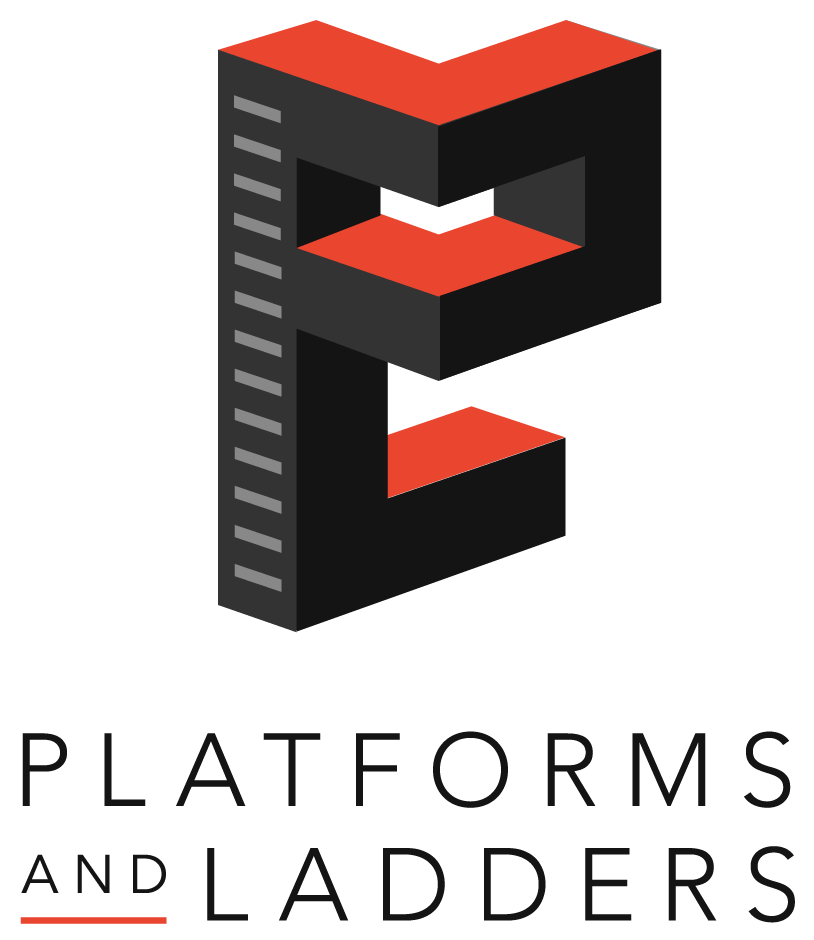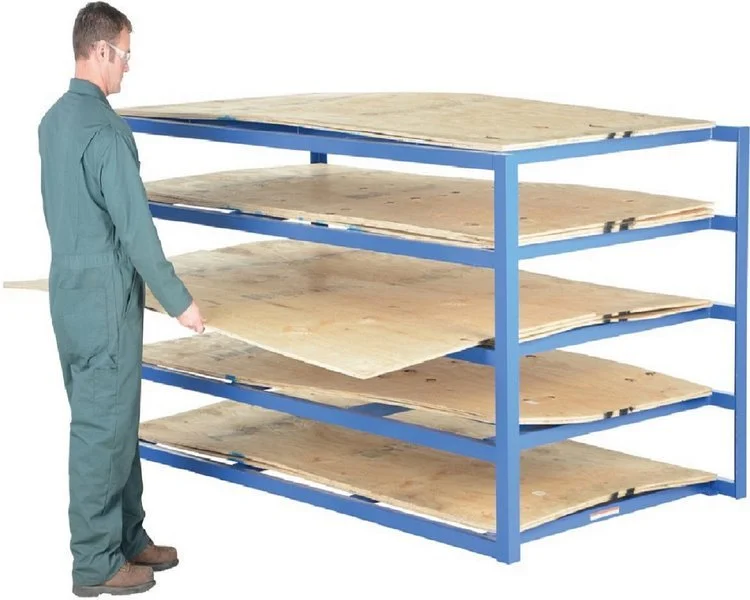Mobile elevated aerial work platforms, also known as MEWPs, are essential pieces of equipment in various industries such as construction, maintenance, and warehousing. These platforms provide a safe and efficient way for workers to reach elevated work areas. However, MEWPs also pose significant safety risks if not used correctly. In this blog, we will provide a guide to mobile elevated aerial work platforms, including types, safety guidelines, and maintenance tips.
Types of Mobile Elevated Aerial Work Platforms:
There are several types of mobile elevated aerial work platforms and each has specific features and benefits that make it suitable for specific applications. Here are the most common types:
1. Scissor Lifts: Scissor lifts are vertical aerial work platforms that move in a straight line. They have a scissor-like mechanism that enables them to reach higher elevations.
Example: Mini Scissor Lift | Platforms and Ladders
2. Boom Lifts: Boom lifts are also vertical aerial work platforms, but they have a telescopic arm that extends outwards, allowing workers to reach areas that are difficult to access.
Example: Explosion Proof Booms and Scissors Lifts | Platforms and Ladders
3. Vertical Mast Lifts: Vertical mast lifts are compact aerial work platforms that move in a straight line. They are ideal for indoor use because many have a small footprint and can fit through standard doorways.
Example: MRO Telescoping Hydraulic Maintenance Lift | Platforms and Ladders
Safety Guidelines for Mobile Elevated Aerial Work Platforms
Mobile elevated aerial work platforms are safe when used correctly. Here are some essential safety guidelines to follow when using MEWPs:
1. Inspection: Inspect the MEWP before use to ensure that it is in good working condition. Check the controls, safety devices and components to ensure that they are functioning correctly.
2. Training: Ensure that workers who will be operating the MEWP have received adequate training and are qualified to use the specific type of platform.
3. Fall Protection: Workers using the MEWP should wear personal protective equipment (PPE) such as a harness and lanyard. The harness should be attached to an anchor point on the platform and should be adjusted to fit correctly.
4. Stabilization: The MEWP must be adequately stabilized before use. The lift should be on a level surface and the brakes should be engaged. Outriggers or stabilizers should be deployed and the lift should be secured to prevent any movement or tipping.
5. Environmental Conditions: Do not use the MEWP during severe weather conditions such as high winds, rain, or thunderstorms. If there is a risk of electrical hazards, such as overhead power lines, the lift should be positioned at a safe distance away from them.
6. Emergency Preparedness: Ensure that workers know how to respond to emergencies such as a power failure or equipment malfunction. Workers should be trained on how to lower the platform manually and how to evacuate the lift safely in case of an emergency.
Maintenance Tips for Mobile Elevated Aerial Work Platforms
To ensure the longevity of your MEWP and keep it in good working condition. Regular maintenance is essential. Here are some maintenance tips to follow:
1. Lubrication: Keep all moving parts lubricated to reduce wear and tear and prevent rust.
2. Cleaning: Regularly clean the MEWP to remove dirt, dust and debris that can cause damage to the components.
3. Inspection: Inspect the MEWP regularly to identify any potential problems before they turn into major issues.
4. Repairs: Repair any damages or faults as soon as possible to prevent further damage and ensure the safety of workers.
Conclusion: Mobile elevated aerial work platforms can provide a safe and efficient way for workers to reach elevated work areas. However, they also pose significant safety risks if not used correctly.































